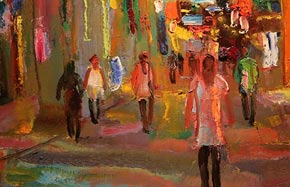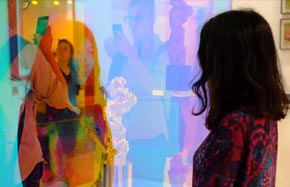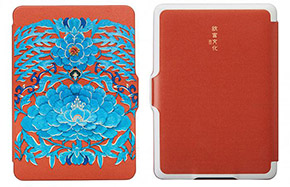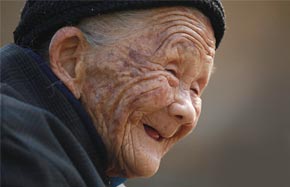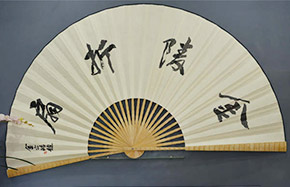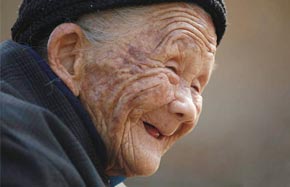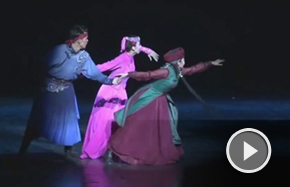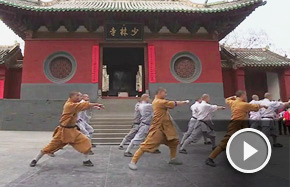Converging on canvas
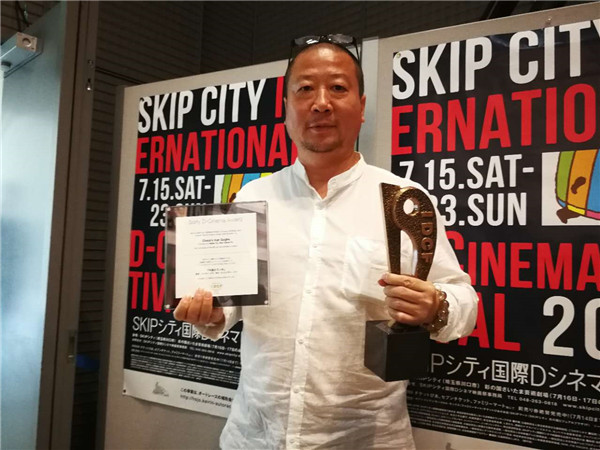 |
|
Yu Haibo wins the best director award at Japan's Skip City International D-Cinema Festival in July. [Photo provided to China Daily] |
China's Van Goghs shows how the principal subject, Zhao Xiaoyong, feels a sense of affinity with Van Gogh after so many years of being immersed in the Dutch master's brushstrokes. He longed to see Van Gogh's original works. The film recorded his journey to Europe to see what Van Gogh's paintings really looked like.
In a souvenir shop near the Van Gogh Museum in Amsterdam, Zhao saw one of his best clients, an art dealer from the capital of the Netherlands. He was also excited to see his reproductions being sold. When Zhao learned that the retail price of his work was more than 10 times what he was paid, he fell silent and kept smoking. When he eventually arrived at the museum and stood in front of the original works of Van Gogh, he was not as excited as expected.
"In Europe, we talked heart to heart late into the night. It was a thought-provoking journey for Zhao. He began to reflect on the meaning of Van Gogh's work as well as the value of his own art," Yu says about Zhao.
One of the most-asked question by audiences who saw Yu's documentary was: "What is the current situation of the painters?"
For Zhao, after returning from Europe, he began to paint original works instead of copying classics. He gradually moved to Zhejiang province, where he opened a gallery in Ningbo. Most of his works are now sold in China. Other painters are also making bold attempts at defining their own art.
The struggle from "copier to creator" mirrors the complexity of the transition from "made in China" to "created by China" in the 21st century, Yu says.
"Dafen is exploring a new development path by producing original artworks and creative, art-related products. New forms of art and artists might also spring up in the future."




